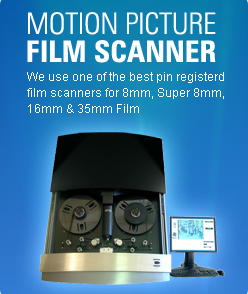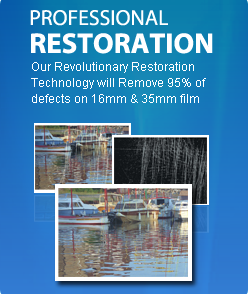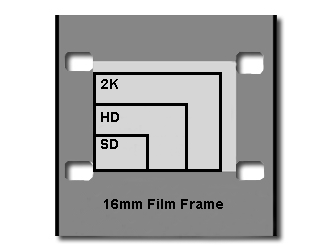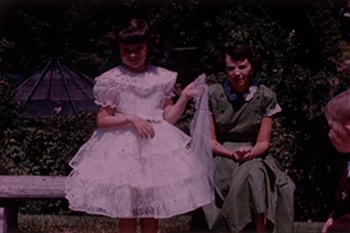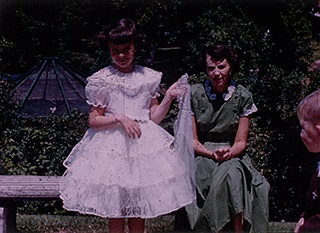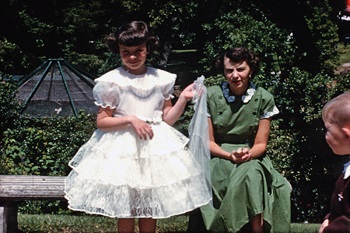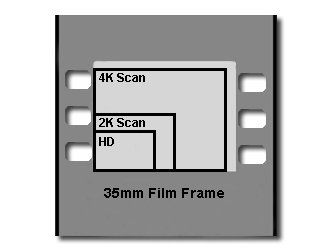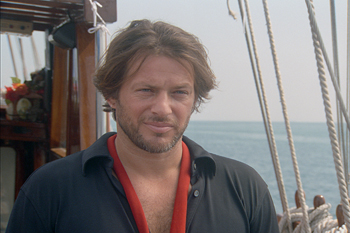
Some customer in Lafayette may be wondering just how much information is actually on film!! That's a good question. Film is an analogue source, like a painting. There is a certain resolution needed to faithfully capture all the details in a digital form. The following images are a simplification to illustrate some general points and are not exact.
In general it is recommended that you scan at or above the resolution of the film. For 8mm and Super 8 that means scanning at HD or 2K.
So, for example, if you are looking for the best quality DVD, scan your 8mm or Super 8 at HD. If you are looking to go to BluRay then scan your 8mm or Super 8 at 2K.
16mm Film Lafayette |
|
Process Comparison
|
|
Pro SD Scan
|
|
Pro HD Scan
|
|
Pro 2K Scan
|
|
35mm Film |
|
Process Comparison
|
|
Pro HD Scan
|
|
Pro 2K Scan
|
|
Pro 4K Scan
|
|
Lafayette Fun Facts: Lafayette lies 15 miles west of the Atchafalaya Basin and 35 miles north of the Gulf of Mexico and is surrounded by bayous, swamps and marshes along with forests and prairies. The city got its name in 1844 when it was named after the French Marquis de Lafayette. Lafayette has a history almost as colorful as the history of the state of Louisiana, which actually was governed by 10 different flags from the period of time beginning 1541 until 1803 when it became a possession of the United States. The rich French heritage of Lafayette was mainly due to "Le Grand Derangement" in 1755.
Louisiana Fun Facts: It is also home to the historic port city New Orleans, which is famous for its unique cuisine, jazz and spectacular Mardi Gras festival. Louisiana sits above the Gulf of Mexico at the mouth of the Mississippi River, bordered by Arkansas to the north, Mississippi to the east and Texas to the west. Originally colonized by the French during the 18th century, it became U.S. territory as part of the historic Louisiana Purchase in 1803, and was admitted to the union in 1812.
